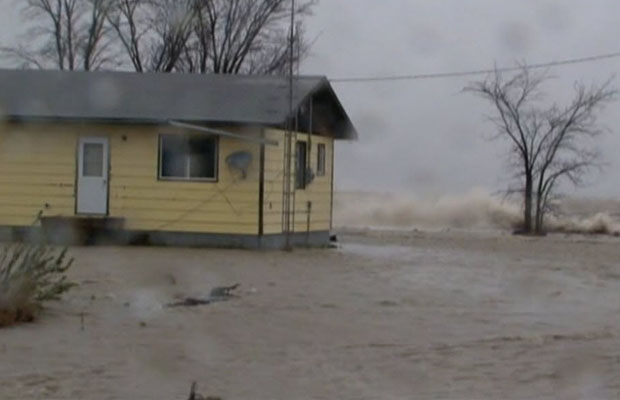The people of the First Nations of Lake St. Martin, Little Saskatchewan, Dauphin River, and Pinaymootang are close to returning home after being displaced by severe flooding of the Lake St. Martin-area of Manitoba in 2011.
Minister of Indigenous Services, commended the leadership and members of the flood-impacted First Nations as they enter the final phase of efforts to rebuild community infrastructure, including drinking water and wastewater facilities, in order to bring all evacuees home.
“I would like to recognize the strength and resilience of those affected by the severe flooding in 2011. This has been a very challenging time for Lake St. Martin-area First Nations,” said Philpott. “Our department has remained steadfast in supporting the rebuilding efforts of these communities and returning evacuees home as soon and as safely as possible. I am very happy that the final phase of these efforts is now underway.”

In 2011, southern Manitoba had one of the most severe and extensive floods on record, resulting, at its peak, in over 3,000 evacuees from 18 First Nations. Due to extensive damage and the need for rebuilding and repairs, approximately 1,600 band members remain evacuated from Lake St. Martin, Little Saskatchewan, Dauphin River, and Pinaymootang First Nations.
The final phase of rebuilding efforts are underway, including new housing units, schools, fire halls, water and wastewater facilities and more. It is anticipated that all work and repatriation efforts will be completed by November 2019.
Lake St. Martin First Nation has 1,040 evacuees as of May 29th, 2018. Approximately 300 evacuees have returned to the community over the winter and spring of 2018, with another 175 evacuees expected to return over the summer of 2018. It’s anticipated the evacuation will end in November 2019.
Earlier this week, a large federal-provincial investment in flood mitigation infrastructure in the Lake Manitoba and Lake St. Martin areas was announced. The projects are intended to help keep First Nations communities on their land and avoid future displacement as a result of flooding, such as occurred in 2011.








